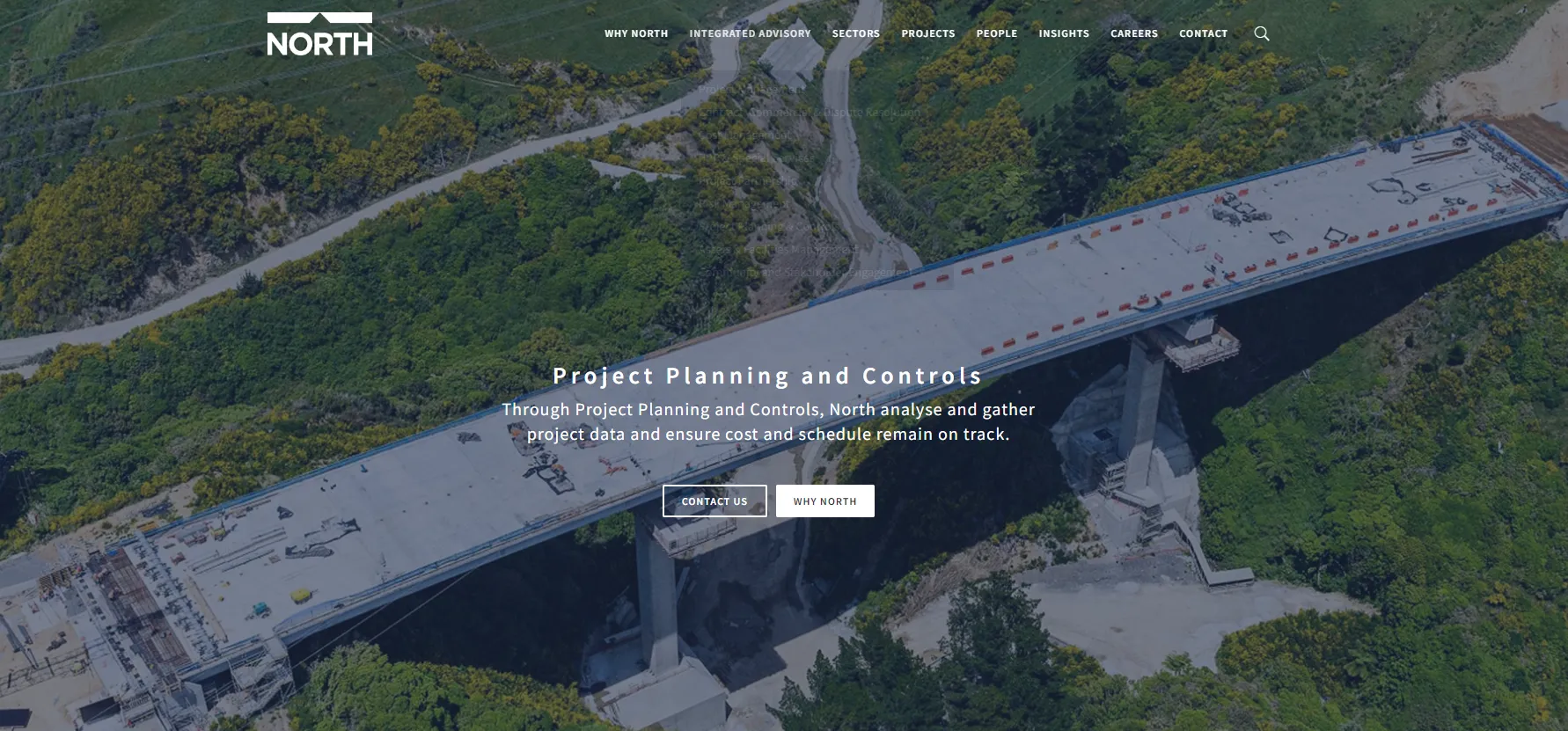In the world of real estate and construction, the term "capital works" often surfaces, especially when discussing investments in physical assets. But what does it mean, and why is it crucial for businesses and the global economy?
Let's dive into the world of capital works to uncover what it really means, why it's so important, and how it plays a crucial role in the broader economy.
Capital Works Meaning
Capital Works, at its core, refers to the undertaking of a project constructing, extending, altering, or improving physical assets. These are generally not small investments but rather large, long-term initiatives to enhance an asset's value, utility, or capacity. Examples of capital works projects include building new facilities, renovating existing structures, infrastructure developments such as roads, bridges, and utility systems, as well as significant equipment installations.

Capital works projects are distinguished from routine maintenance or operational expenditures (read more here). While the latter is ongoing and necessary for the daily function and upkeep of assets, capital works are investments aimed at future benefits, often greenfield or brownfield and extending beyond a single fiscal year.
Importance of Capital Works
The significance of capital works projects cannot be overstated. They are pivotal for:
- Economic Growth: By improving infrastructure and facilities, capital works projects contribute to economic development, facilitating downstream businesses' expansion and enhancing communities' quality of life.
- Long-term Asset Value: These projects invest in the future, ensuring that physical assets remain relevant, efficient, and capable of meeting evolving demands.
- Sustainability: Modern capital works projects often incorporate sustainable practices and technologies, reflecting a commitment to environmental stewardship and long-term viability.

Capital Works Stakeholders
Key stakeholders in Capital Works includes the following and often forms the Project Control Group for the project - an integral part of project governance, particularly in larger scale construction and capital projects.
- Project Owners - i.e. who the construction project is for
- Project Managers - appointed by the Project Owner to manage the project
- General Contractors - a construction company appointed in construction phases
- Design Consultants - architects, engineers etc
- Project Sponsor - often a role from the Project Owner, who is funding the project
- Other stakeholders / end users / public
Capital Works PCG's are tasked with high-level oversight of the project, making crucial decisions that affect the project's direction, funding, and overall success. Regular meetings are held to review project status, address any issues or risks, and make decisions on changes or adjustments required to keep the project on track. Often, there is extensive reporting and a formal document that provides a detailed overview of a construction project's status is produced by the Project Manager. Traditionally, this has been an A4 Portrait format prepared in Microsoft Word. In 2024, the best Project Management firms are using Digital 'dashboard style' PCG Reports with majority visualizations.

Capital Works & Project Management
Managing capital works projects requires a specialized set of skills and knowledge. Unlike smaller projects, capital works involve complex planning, significant financial investment, and a broad range of stakeholders. Key components of capital works project management include:
- Feasibility Studies: Before embarking on a project, a thorough analysis to assess its viability, impact, and alignment with strategic objectives is critical.
- Budgeting and Financing: Capital works projects require substantial funding. Developing accurate budgets and securing financing are foundational steps in the process.
- Project Planning and Design: This phase involves translating strategic objectives into detailed plans, including timelines, resource allocations, and specifications.
- Stakeholder Management: Effective communication and collaboration with all stakeholders, including investors, government bodies, and the community, are essential for success.
- Regulatory Compliance: Capital works projects must adhere to a plethora of regulations and standards, necessitating meticulous compliance efforts.
- Risk Management: Identifying, assessing, and mitigating risks is a continuous necessity throughout the project lifecycle. Capital Works projects face significant risks requiring advanced Project Risk Management. For example, some key risks include Cost Overruns, Cyber Security Issues, Design Changes.

Challenges and Solutions
Capital works projects are not without their challenges. Budget overruns, delays, and regulatory hurdles are common. However, these challenges can be managed with robust planning, design and management methodologies combined with advanced technologies. Further challenges exist with adopting sustainability principles and practices to ensure that capital works projects meet present needs and do so without compromising our future world.
Capital Works Software
Mastt provides a comprehensive platform that supports the efficient management of Capital Works. Here’s how Mastt can assist:
- Centralized Dashboard: Mastt's dashboard offers a centralized view of all Capital Works projects, enabling project managers to monitor progress, performance, and resource allocation in real-time.
- Project Planning and Scheduling: The platform helps in developing detailed project plans and schedules, ensuring that all aspects of the project are carefully coordinated and managed.
- Contract Management & Administration: Mastt allows Project Managers to digitally administer Standard Form Contracts like AS4000, AS4300, AS4902, AS2124 and Defene Standard Form Contracts to automate Payment, Variation and other clauses.
- Budget Management: Mastt integrates with financial systems to provide real-time budget tracking and management, helping to ensure that projects stay within their financial constraints.
- Risk Management: By offering robust risk management tools, Mastt enables project managers to identify and mitigate risks early, ensuring projects stay on track.
- Stakeholder Communication: Mastt facilitates effective communication among all project stakeholders, ensuring transparency and collaboration throughout the project lifecycle.
Capital Works Report
Many leading Capital Works organisations, Asset Owners and consultants use Mastt for managing and reporting across a portfolio or Capital Projects. By leveraging Mastt, these organizations can enhance their management of Capital Works, leading to more successful outcomes and better alignment with their strategic objectives.
An example Capital Works Project Dashboard in Mastt

Conclusion
Understanding capital works is fundamental for businesses that own assets in the physical world or area involved in large-scale construction or infrastructure projects. These projects are critical in asset enhancement, economic development, and sustainability efforts. With the right approach to project management, the challenges associated with capital works projects can be navigated successfully, leading to projects completed on time, within budget, and to the required standards.
_________________________________________________________________
Further Reading on Capital Works and Project Control Groups
Capital Works often features a Project Control Group with PCG Reports and PCG meetings. Learn more about everything PCGs in Capital Works below.
- PCG Report
- What is a Project Control Group? Understanding the Role of PCG in Capital Project Management
- The Best PCG Report for PCG Meetings in 2024
- What to Include in a PCG Report (Traditional)
- What to Wear to a PCG Meeting: A Guide for Client Side Project Managers






.webp)





.webp)

